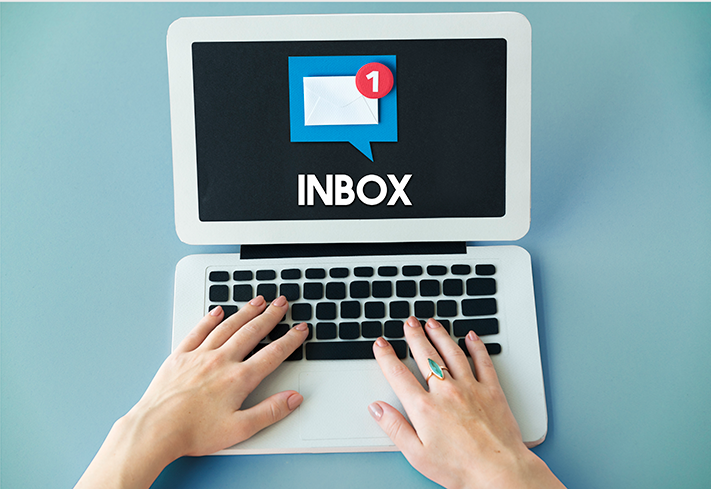Email marketing proves consistently that it is one of the most effective channels for businesses to connect with their audience, nurture customer relationships and ultimately drive conversions.
Email Marketing Best Practise:Any successful email marketing campaign should have two main goals: building strong, lasting relationships with subscribers and converting (eventually) those relationships into sales.
In this blog we have outlined some best practices for achieving successful, high-converting email marketing campaigns – understanding your audience, crafting compelling content, optimising timing and frequency, personalisation and automation, and building trust and credibility.
1. Understanding Your Audience
Understanding your audience is the foundation of effective email marketing. By segmenting your audience based on demographics, behaviours, and preferences, you can deliver tailored content that resonates with each recipient. Utilise your customer data and feedback to create targeted campaigns that address their needs and interests. Content that is more targeted is more likely to be read and will ultimately foster stronger connections and drive engagement.
2. Crafting Compelling Content
Your subject line is the first opportunity to grab the attention of your subscribers so make sure it motivates people to open it. Using clear, benefit-focused subject lines that highlight the value proposition will help. Within the email itself, the copy should be engaging and relevant, and deliver value through storytelling, tips, exclusive offers, and more. Visual elements like branded images, GIFs, and videos can further increase engagement and make your emails pop.
3. Timing and Frequency
Timing and frequency can make or break your email campaigns. It’s worth experimenting with different send times to determine when your audience is most receptive to receiving emails. Additionally, carefully consider the frequency of your emails to avoid overwhelmingsubscribers and causing email fatigue. Regularly test and analyse the performance of your campaigns to refine your timing strategies and maximise engagement.
4. Mobile Optimisation
Your emails should always be optimised for mobile responsiveness, meaning your email design adapts seamlessly to mobile screen sizes. Pay attention to formatting and layout to ensure readability on smaller screens – check the font size, paragraph length and image file sizes.
5. Personalisation and Automation
Personalisation and automation are powerful tools for delivering targeted and timely content to your subscribers. Using customer data, you can personalise your emails based on factors such as purchase history, browsing behaviour, and preferences. Automation allows you to send emails that deliver relevant messages at the right time. By combining personalisation and automation, you can nurture leads, drive engagement, and build stronger relationships with your audience.
6. Building Trust and Credibility
Building trust and credibility is essential for successful email marketing. Be transparent and authentic in your communication and avoid spammy tactics that damage your reputation. Email communication should feature a genuine, transparent, human tone that makessubscribers feel valued – not sold to. Avoid over-promotional language or gimmicks.
Don’t forget to ensure compliance with regulations such as GDPR to protect subscriber privacy. Incorporate customer reviews, testimonials, and social proof to establish credibility and reassure subscribers of your value proposition.
7. Call-to-Action Optimisation
While delivering value is important, emails should ultimately feature a clear, compelling call-to-action (CTA) driving readers towards a conversion goal. This could be making a purchase, signing up for a webinar or downloading a document. Position CTAs strategically within your email and repeat them for maximum visibility. Test different CTA variations, designs, and placements to identify what motivates clicks and conversions most effectively.
8. Tracking and Analysing Performance
Tracking and analysing the performance of your email campaigns is essential for optimising their effectiveness over time. Utilise email marketing analytics tools to monitor key metrics such as open rates, click-through rates, conversion rates, unsubscribe rates and more.
Analyse data insights to identify trends, patterns, and areas for improvement. Use this information to refine your email strategies and deliver increasingly impactful campaigns that drive results.
Whether your goal is to build an email list from scratch or to re-engage inactive subscribers, we hope you’ve found some useful tips.
If you’re consistent and monitor the metrics regularly, your email campaigns should help you achieve your marketing goals.
If you need help to get going with an email strategy to establish email marketing best practise, get in touch, we’d love to help.






